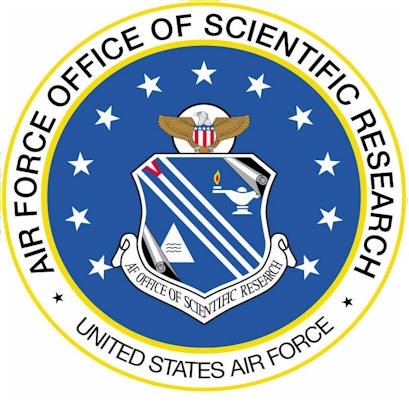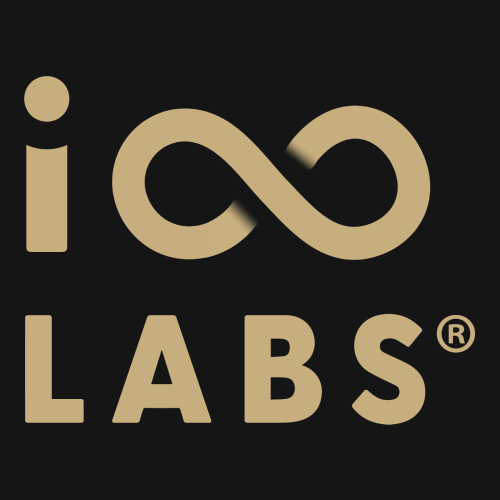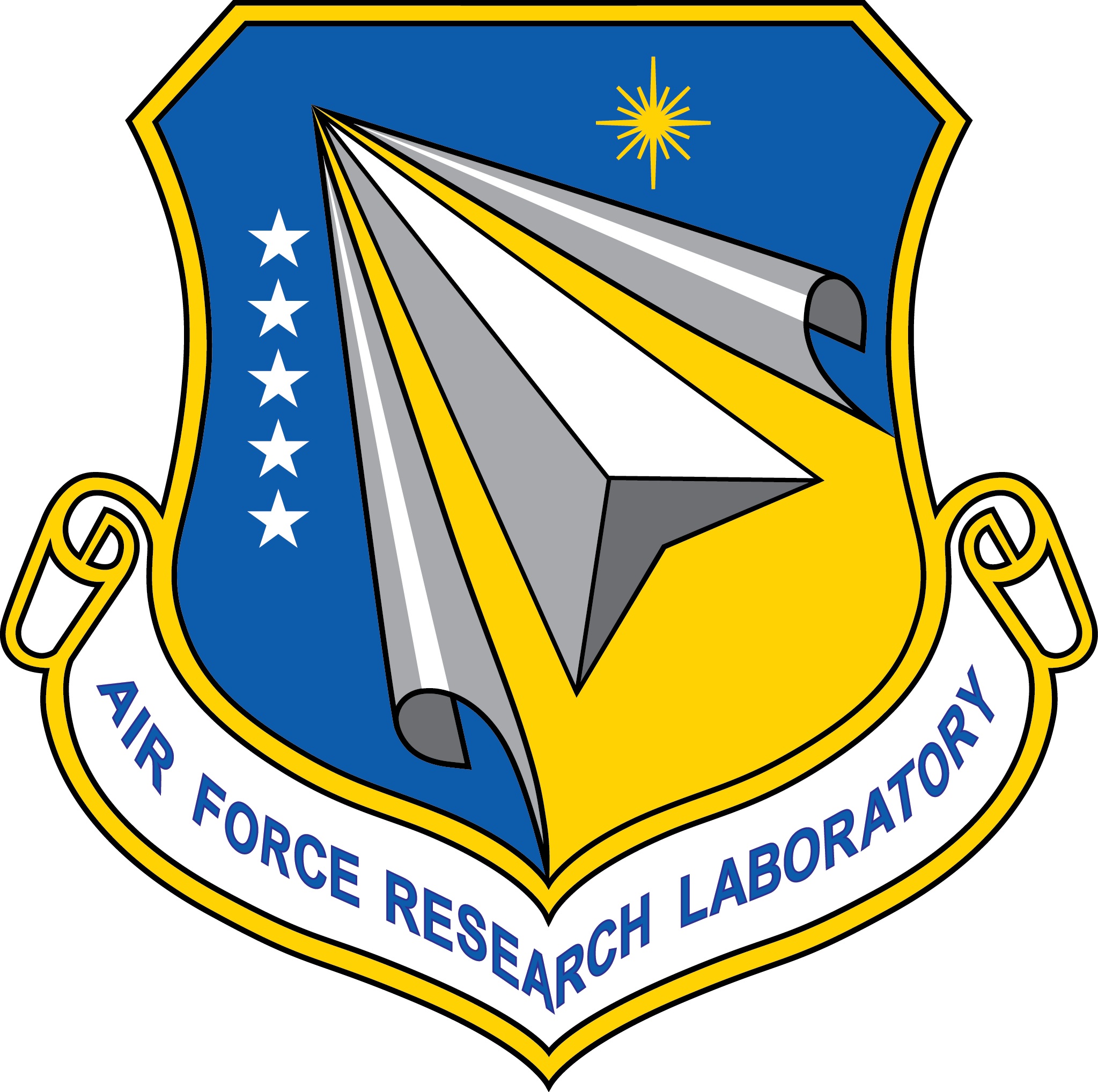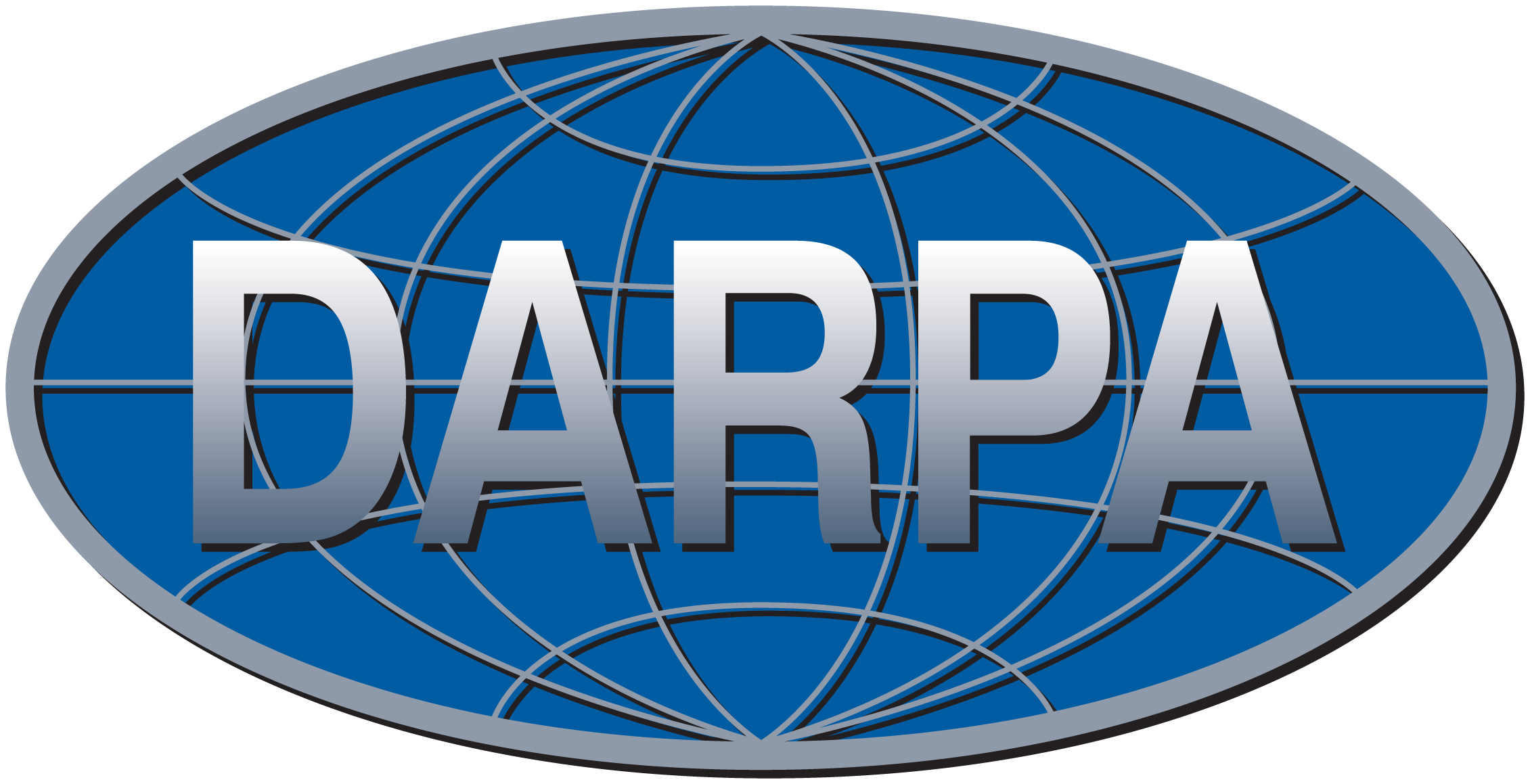Predictive Digital Twins at Scale for Space Systems (2021-2024)
This joint research collaboration with Dr. Karen Willcox supports the Air Force Office of Scientific Research to develop the mathematical and computational framework needed to create predictive digital twins for space systems. This research directly supports our Nonlinear Estimation and our Autonomous Vehicles core research areas.
This joint research collaboration with Dr. Karen Willcox supports the Air Force Office of Scientific Research to develop the mathematical and computational framework needed to create predictive digital twins for space systems. This research directly supports our Nonlinear Estimation and our Autonomous Vehicles core research areas.

Dual-Filter Approach to Trust in Hybrid Human-Machine System (2023-2024)
This research is in collaboration with Infinity Labs.
This research is in collaboration with Infinity Labs.

Direct Visual-Inertial-LIDAR SLAM and Autonomous Landing Site Selection and Guidance for
Unknown Environments (2020-2024)
This research collaboration with Mr. Corey Marcus investigates the fusion of camera and LIDAR data for autonomous descent and landing navigation and guidance. (NASA Space Technology Graduate Research Opportunity)
Unknown Environments (2020-2024)
This research collaboration with Mr. Corey Marcus investigates the fusion of camera and LIDAR data for autonomous descent and landing navigation and guidance. (NASA Space Technology Graduate Research Opportunity)

Autonomous Onboard Risk Mitigation for Spacecraft Proximity Operations (2022-2023)
This joint research collaboration with Dr. Moriba Jah investigates guidance and navigation algorithms for spacecraft rendezvous to minimize the risk of impact/collision.
This joint research collaboration with Dr. Moriba Jah investigates guidance and navigation algorithms for spacecraft rendezvous to minimize the risk of impact/collision.

Testbed for Autonomy in Contested Environments (2022-2024)
This DURIP grant (Defense University Research Instrumentation Program) is for the purchase of equipment to experimentally demonstrate and validate the investigators’ algorithms to enable autonomy of vehicles in contested environments.
This DURIP grant (Defense University Research Instrumentation Program) is for the purchase of equipment to experimentally demonstrate and validate the investigators’ algorithms to enable autonomy of vehicles in contested environments.

Autonomous Threat Detection via Supervised Machine Learning (2021-2022)
This work supports the Air Force Research Laboratory to investigate autonomous, data-driven approaches to
detection of system faults and external threats using indirect measurements.
This work supports the Air Force Research Laboratory to investigate autonomous, data-driven approaches to
detection of system faults and external threats using indirect measurements.

Sparse Information Orbit Estimation for Proliferated LEO (2021-2023)
This joint research collaboration with Dr. Brandon Jones and Tau Technologies supports DARPA in developing algorithmic solutions to address ground tracking of proliferating LEO constellations/objects using novel estimation algorithms without the need to expand or improve the current Space Surveillance Network configuration. This research directly supports our Orbit Determination and Nonlinear Estimation core research areas.
This joint research collaboration with Dr. Brandon Jones and Tau Technologies supports DARPA in developing algorithmic solutions to address ground tracking of proliferating LEO constellations/objects using novel estimation algorithms without the need to expand or improve the current Space Surveillance Network configuration. This research directly supports our Orbit Determination and Nonlinear Estimation core research areas.

Autonomous Onboard Angles-Only Orbit Determination (2021)
This joint research collaboration with Dr. Moriba Jah supports the supports Ball Aerospace to investigate how to use images derived from star trackers for autonomous onboard navigation.
This joint research collaboration with Dr. Moriba Jah supports the supports Ball Aerospace to investigate how to use images derived from star trackers for autonomous onboard navigation.

Autonomous Localization in GPS-Denied Environment (2021-2023)
This research supports Sandia National Lab in the development of terrain relative navigation in GPS-denied environments using Neurogrids to encode the Digital Elevation Map information. This research directly supports our Vision-Based and Onboard Navigation core research areas.
This research supports Sandia National Lab in the development of terrain relative navigation in GPS-denied environments using Neurogrids to encode the Digital Elevation Map information. This research directly supports our Vision-Based and Onboard Navigation core research areas.

GPU-Enabled Large Scale State Estimation (2020-2022)
This joint research collaboration with Lynntech supports the Air Force Research Laboratory in developing a parallel batch estimation algorithm deployed to a Graphic Processor Unit for use in dynamic systems with a large number of states. This research directly supports our Nonlinear Estimation core research area.
This joint research collaboration with Lynntech supports the Air Force Research Laboratory in developing a parallel batch estimation algorithm deployed to a Graphic Processor Unit for use in dynamic systems with a large number of states. This research directly supports our Nonlinear Estimation core research area.

Sparse Information Orbit Estimation for Proliferated LEO (2020-2021)
This joint research collaboration with Dr. Brandon Jones and Tau Technologies supports DARPA in developing algorithmic solutions to address tracking of increasing numbers of LEO constellations/objects using novel estimation algorithms without the need to expand or improve the current Space Surveillance Network configuration. This research directly supports our Orbit Determination and Nonlinear Estimation core research areas.
This joint research collaboration with Dr. Brandon Jones and Tau Technologies supports DARPA in developing algorithmic solutions to address tracking of increasing numbers of LEO constellations/objects using novel estimation algorithms without the need to expand or improve the current Space Surveillance Network configuration. This research directly supports our Orbit Determination and Nonlinear Estimation core research areas.

Navigation and Mapping for Autonomous Satellite Servicing (2020-2023)
This research supports the Air Force Research Laboratory Space Vehicles directorate in developing onboard relative navigation algorithm for satellites of various sizes that is able to localize itself with respect to a target vehicle. The target vehicle’s features are mapped in conjunction with the navigation solution. The proposed algorithms are developed to be modular and used in a variety of missions and are designed to be easily tested in small satellites. Ultimately the research aims to push the state of the art with a big step forward towards autonomous satellite servicing. This research directly supports our Autonomous Vehicles and Spacecraft Rendezvous core research areas.
This research supports the Air Force Research Laboratory Space Vehicles directorate in developing onboard relative navigation algorithm for satellites of various sizes that is able to localize itself with respect to a target vehicle. The target vehicle’s features are mapped in conjunction with the navigation solution. The proposed algorithms are developed to be modular and used in a variety of missions and are designed to be easily tested in small satellites. Ultimately the research aims to push the state of the art with a big step forward towards autonomous satellite servicing. This research directly supports our Autonomous Vehicles and Spacecraft Rendezvous core research areas.

On-Orbit Demonstration of Surface Feature-Based Navigation and Timing (2020-2025)
This joint research collaboration with Dr. Brandon Jones supports the NASA Small Spacecraft Technologies Program to extend existing onboard optical navigation techniques by using identification and tracking of lunar craters to form a terrain relative navigation solution. This research directly supports our Autonomous Vehicles and our Vision-Based Navigation core research areas.
This joint research collaboration with Dr. Brandon Jones supports the NASA Small Spacecraft Technologies Program to extend existing onboard optical navigation techniques by using identification and tracking of lunar craters to form a terrain relative navigation solution. This research directly supports our Autonomous Vehicles and our Vision-Based Navigation core research areas.

GPU-Enabled Large Scale State Estimation (2019)
This joint research collaboration with Lynntech supports the Air Force Research Laboratory in developing a parallel batch estimation algorithm deployed to a Graphic Processor Unit for use in dynamic systems with a large number of states.
This joint research collaboration with Lynntech supports the Air Force Research Laboratory in developing a parallel batch estimation algorithm deployed to a Graphic Processor Unit for use in dynamic systems with a large number of states.

RSGS Navigation Algorithm Design and Development (2018-2019)
This research supports Draper in the design and development of the relative navigation system for DARPA’s Robotic Servicing of Geosynchronous Satellites (RSGS). The goal of RSGS is to research technologies to enable cooperative inspection and servicing in GEO and demonstrating these technologies on orbit within the next five years. This project directly supports our autonomous Spacecraft Rendezvous and Vision-Based Navigation core research areas. The RSGS mission was cancelled in January 2019.
This research supports Draper in the design and development of the relative navigation system for DARPA’s Robotic Servicing of Geosynchronous Satellites (RSGS). The goal of RSGS is to research technologies to enable cooperative inspection and servicing in GEO and demonstrating these technologies on orbit within the next five years. This project directly supports our autonomous Spacecraft Rendezvous and Vision-Based Navigation core research areas. The RSGS mission was cancelled in January 2019.

Synthetic Aperture Radar Image Formation and Feedback to Navigation Subsystem in Global Position System Denied and Degraded Environments (2018-2020)
This joint research collaboration with Dr. Ann Chen supports Sandia National Lab in the developing a terrain relative navigation system able to generate and use Synthetic Aperture Radar images in GPS-denied environments. This research directly supports our Vision-Based and Onboard Navigation core research areas.
This joint research collaboration with Dr. Ann Chen supports Sandia National Lab in the developing a terrain relative navigation system able to generate and use Synthetic Aperture Radar images in GPS-denied environments. This research directly supports our Vision-Based and Onboard Navigation core research areas.

Refinement and Validation of Radiation Pressure Models for High Area-To-Mass Ratio Space Objects for
Improved Characterization, Tracking, and Orbit Prediction (2018-2021)
This joint research collaboration with Dr. Moriba Jah supports the Air Force Office of Scientific Research to investigate how to model high area-to-mass ratio space objects and to develop nonlinear estimation techniques to track them. This research directly supports our Nonlinear Estimation and our Orbit Determination core research areas.
Improved Characterization, Tracking, and Orbit Prediction (2018-2021)
This joint research collaboration with Dr. Moriba Jah supports the Air Force Office of Scientific Research to investigate how to model high area-to-mass ratio space objects and to develop nonlinear estimation techniques to track them. This research directly supports our Nonlinear Estimation and our Orbit Determination core research areas.

Autonomous Onboard Space Navigation in the Absence of GPS (2017-2020)
This research supports the NASA Johnson Space Center to broaden the capabilities of autonomous nonlinear onboard space navigation in the absence of GPS. One of the main goals is the support of the relative navigation system development of the NASA Orion vehicle. This research directly supports our Autonomous Vehicles and our Vision-Based Navigation core research areas.
This research supports the NASA Johnson Space Center to broaden the capabilities of autonomous nonlinear onboard space navigation in the absence of GPS. One of the main goals is the support of the relative navigation system development of the NASA Orion vehicle. This research directly supports our Autonomous Vehicles and our Vision-Based Navigation core research areas.



